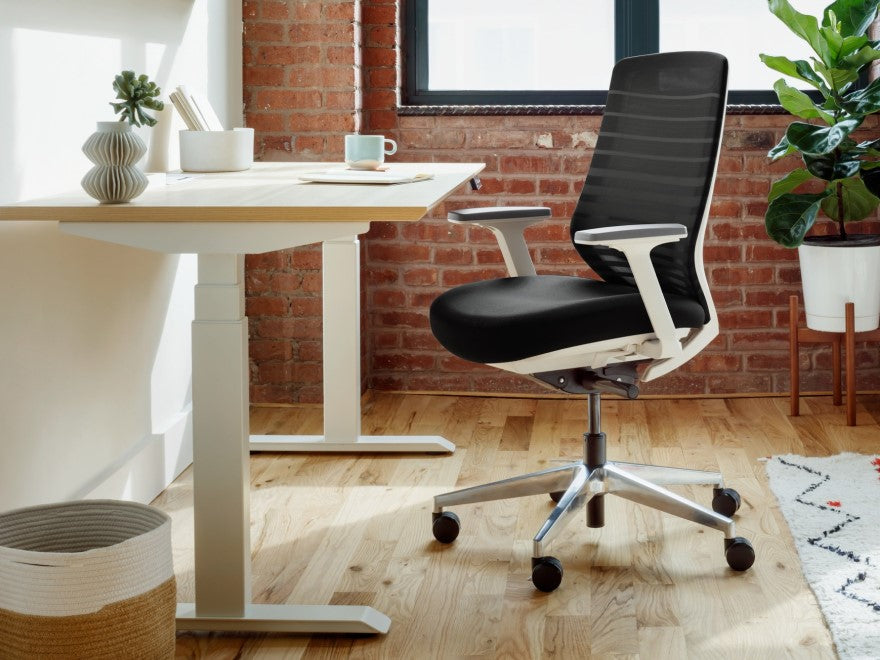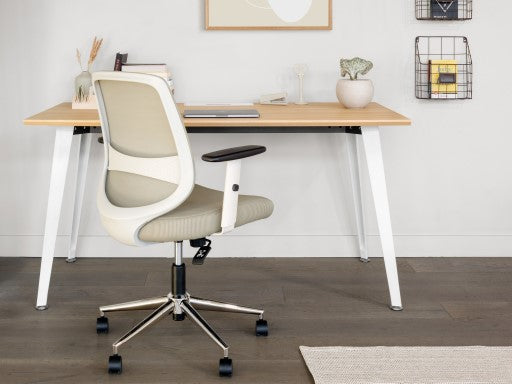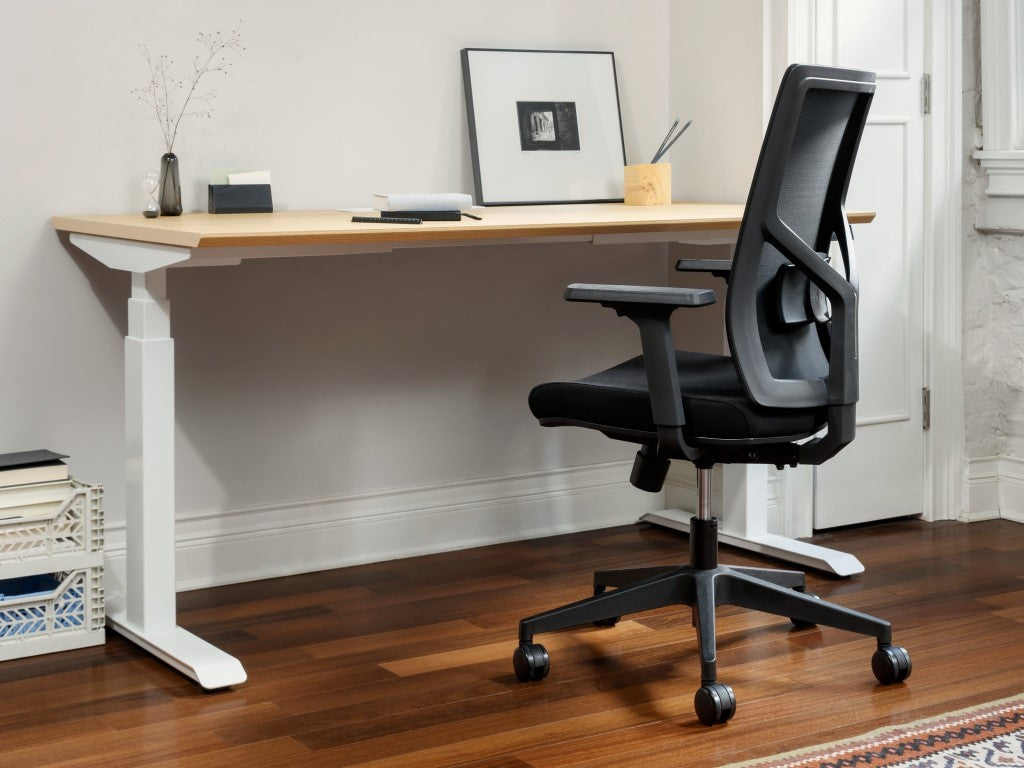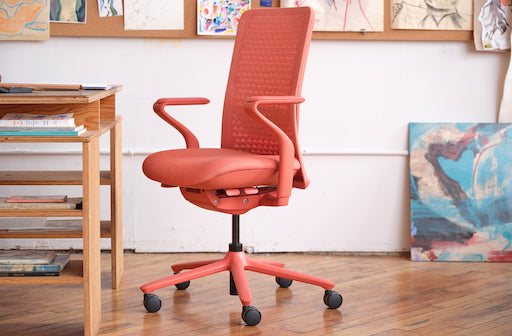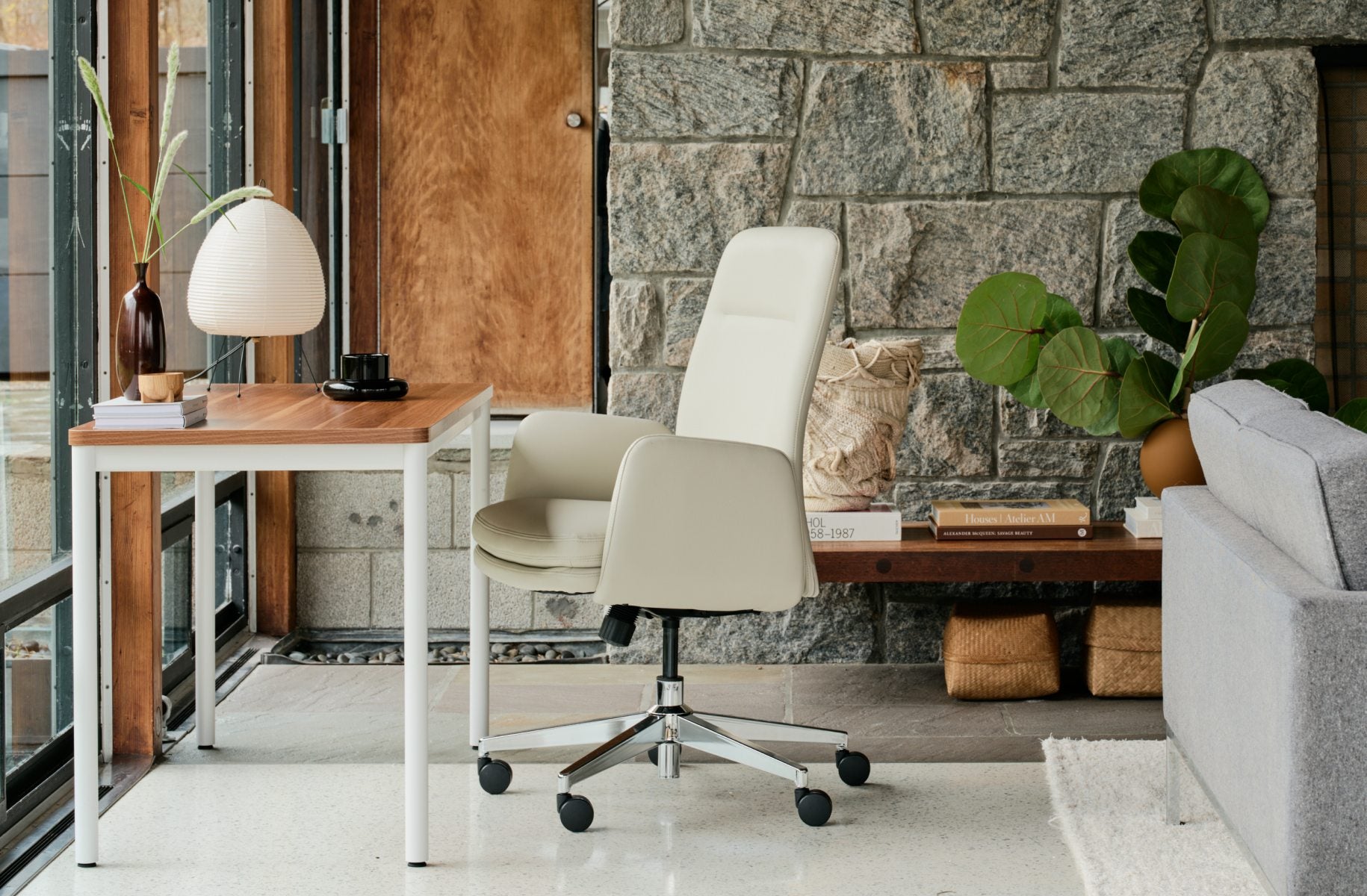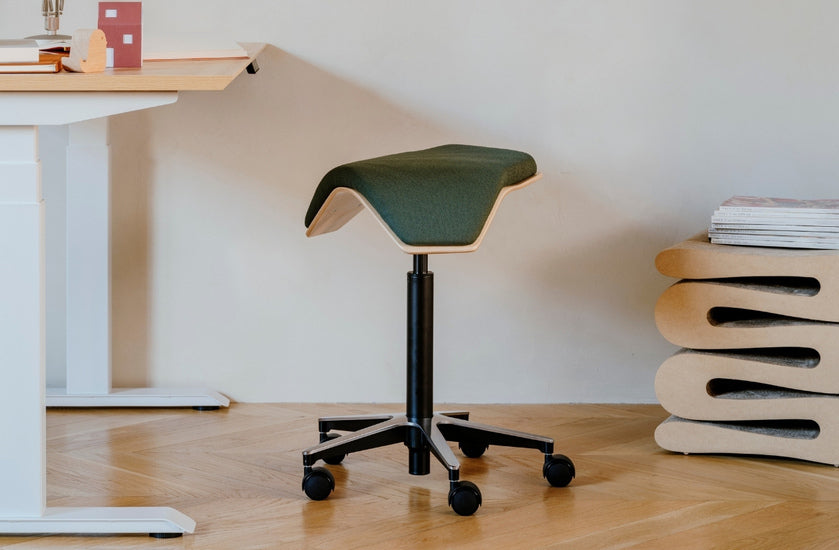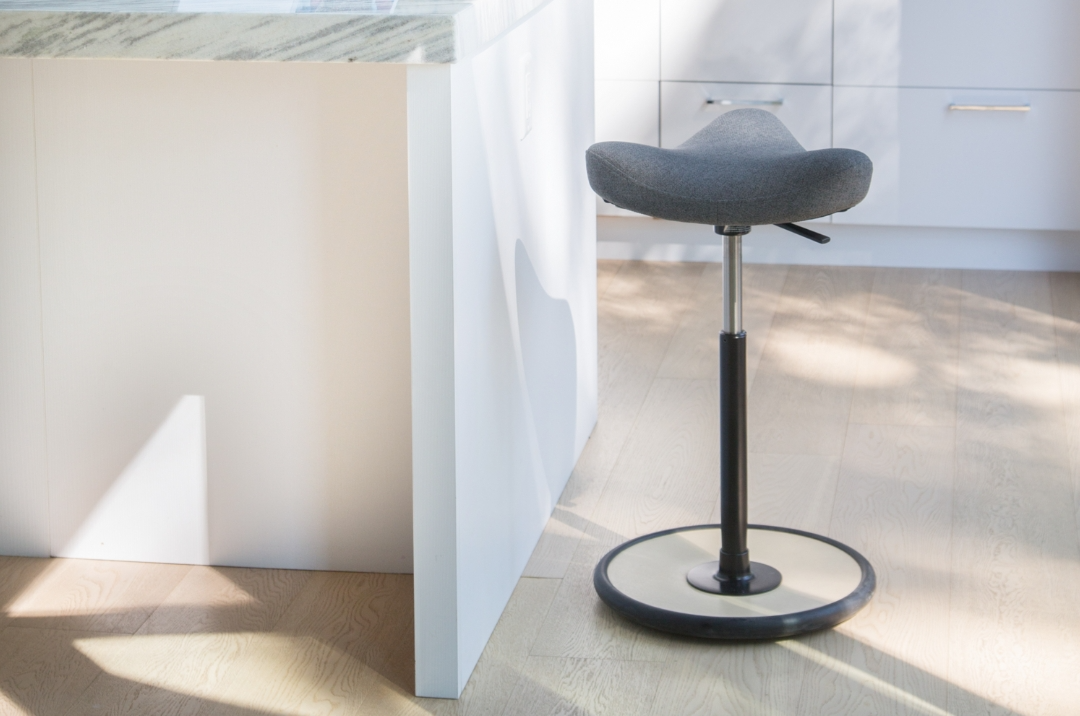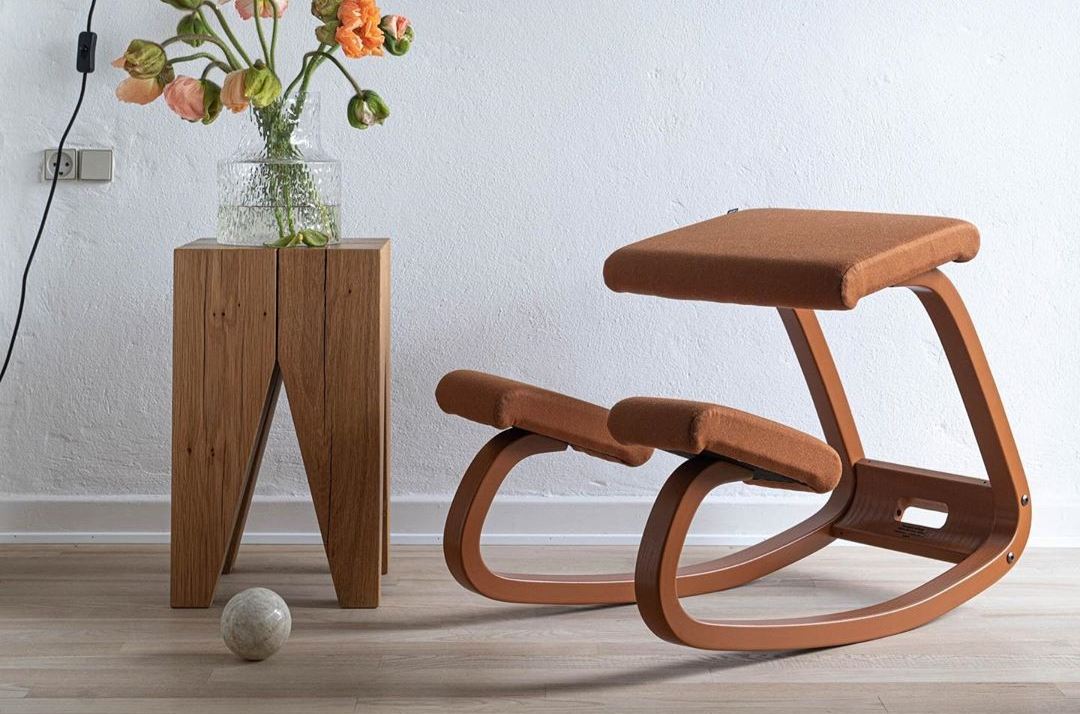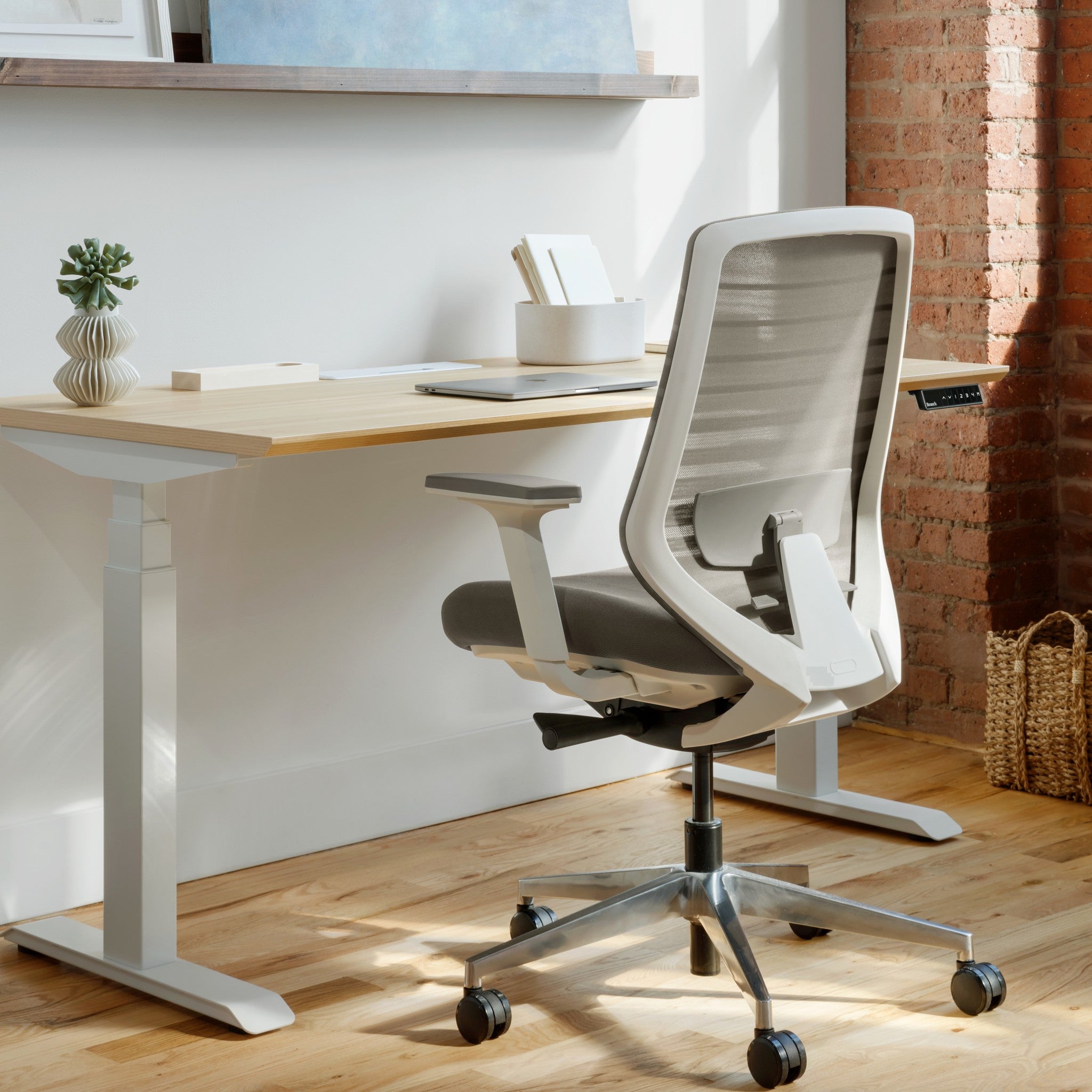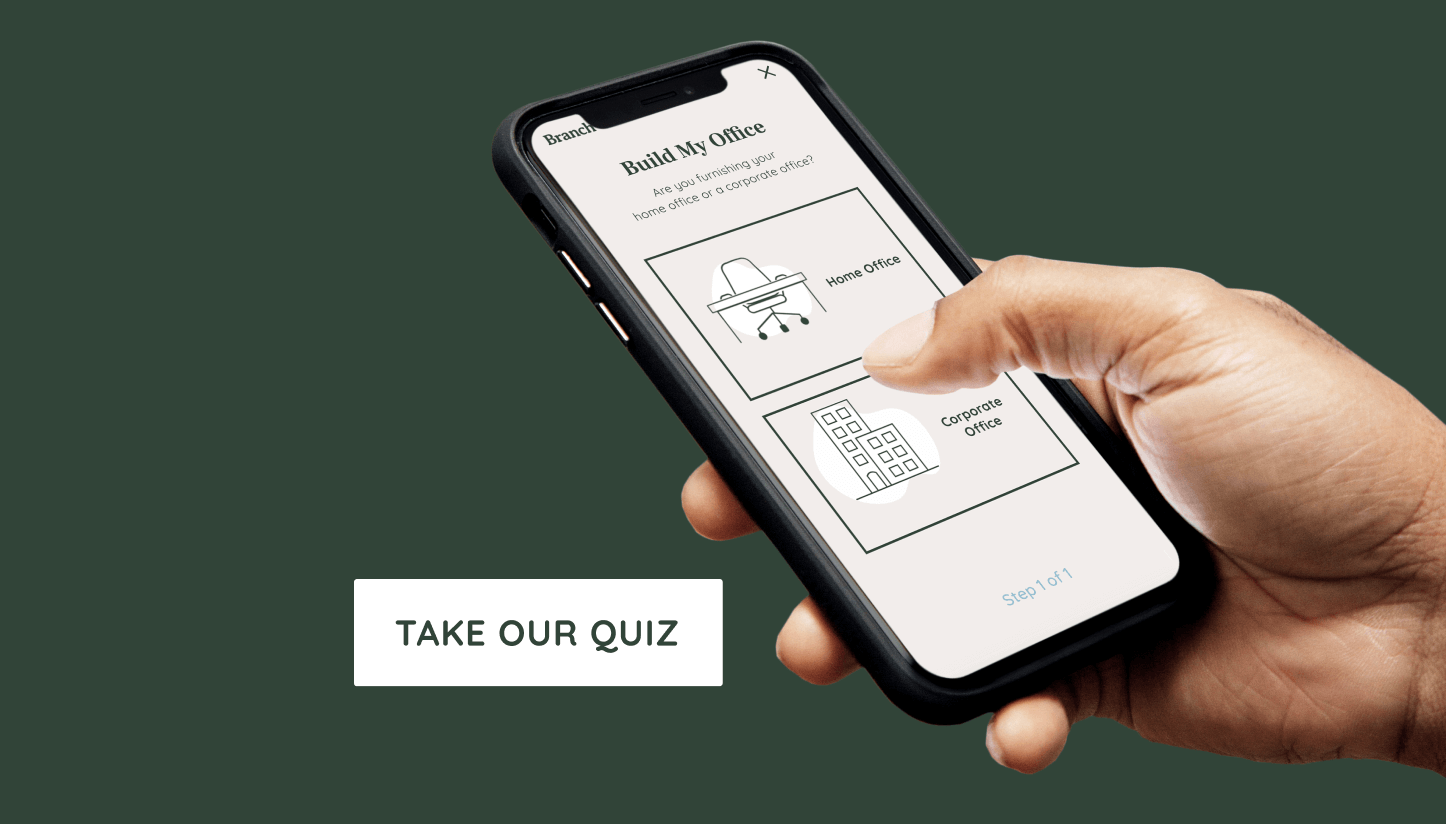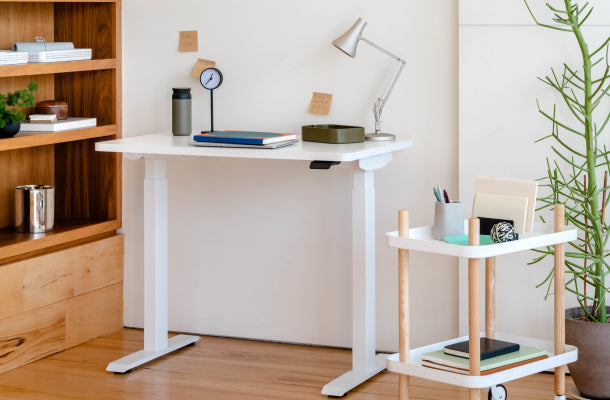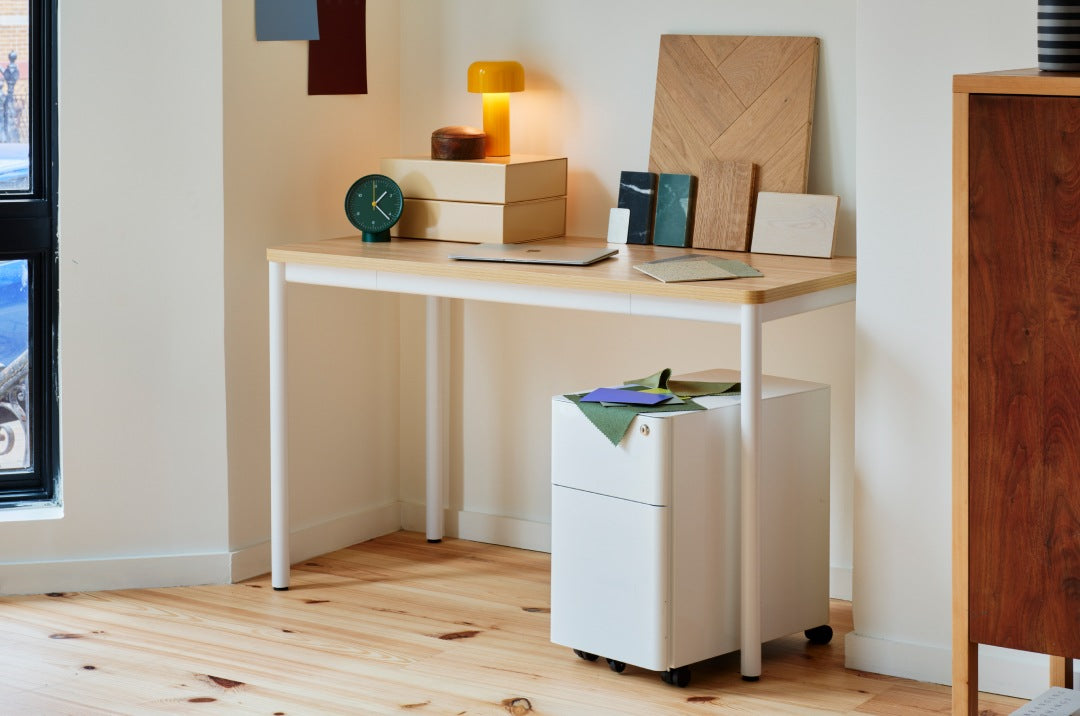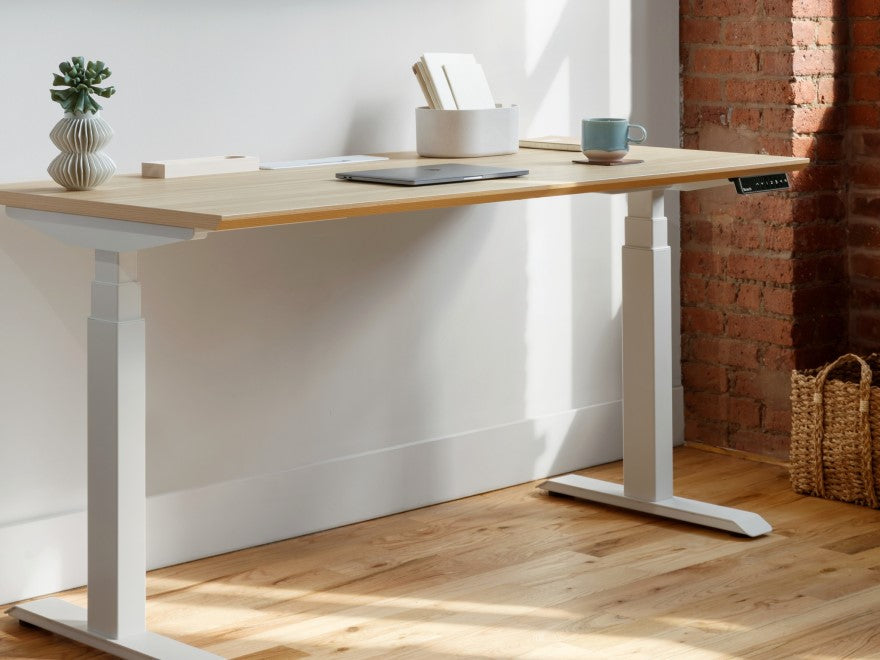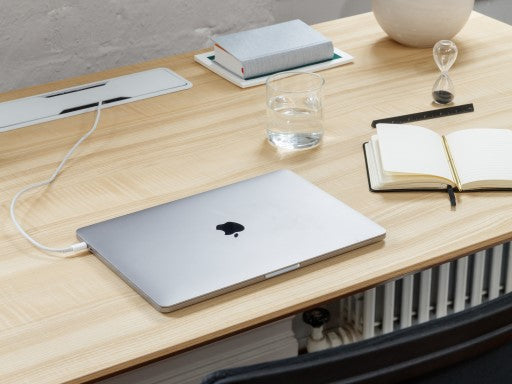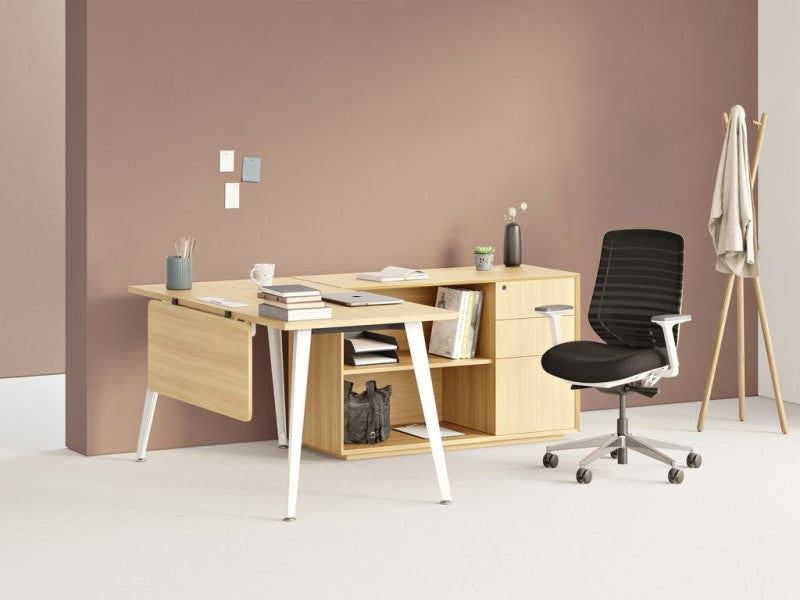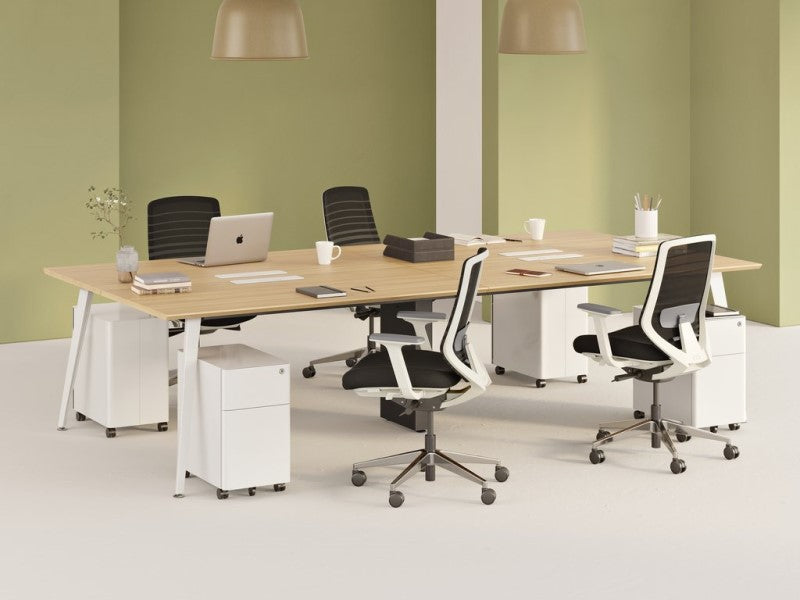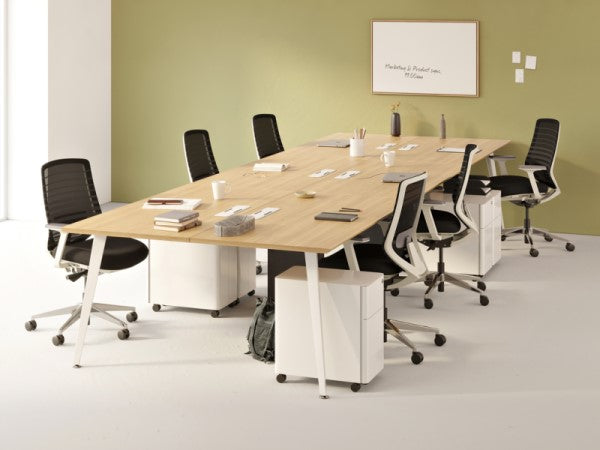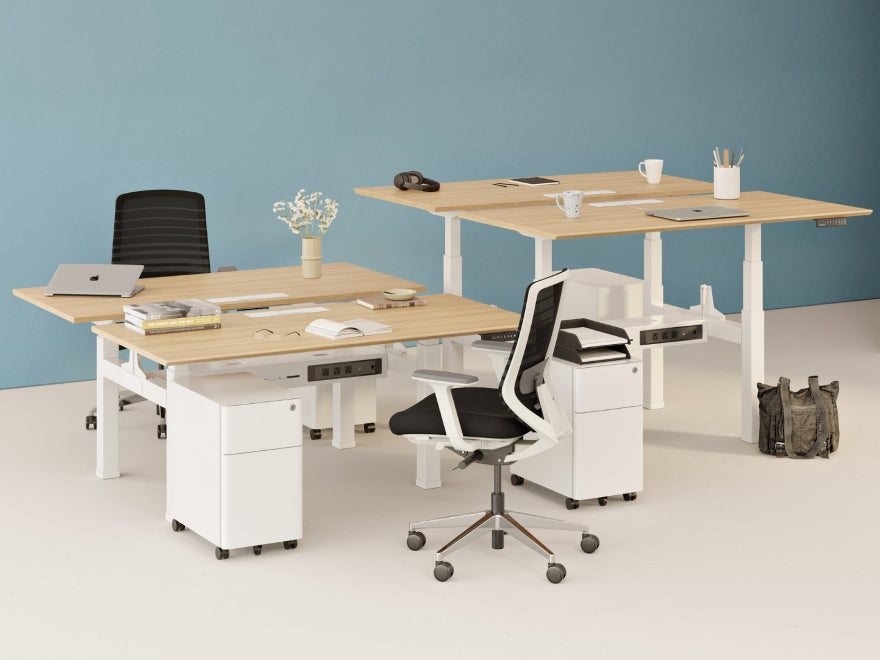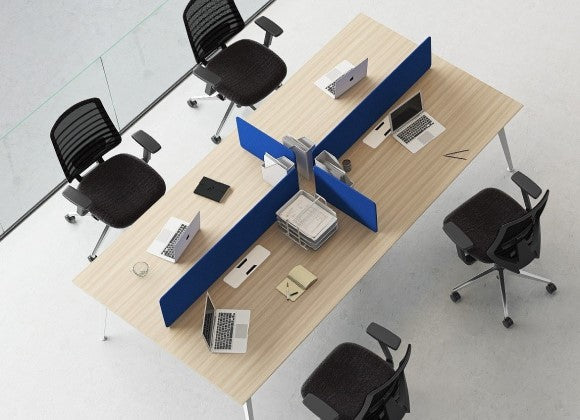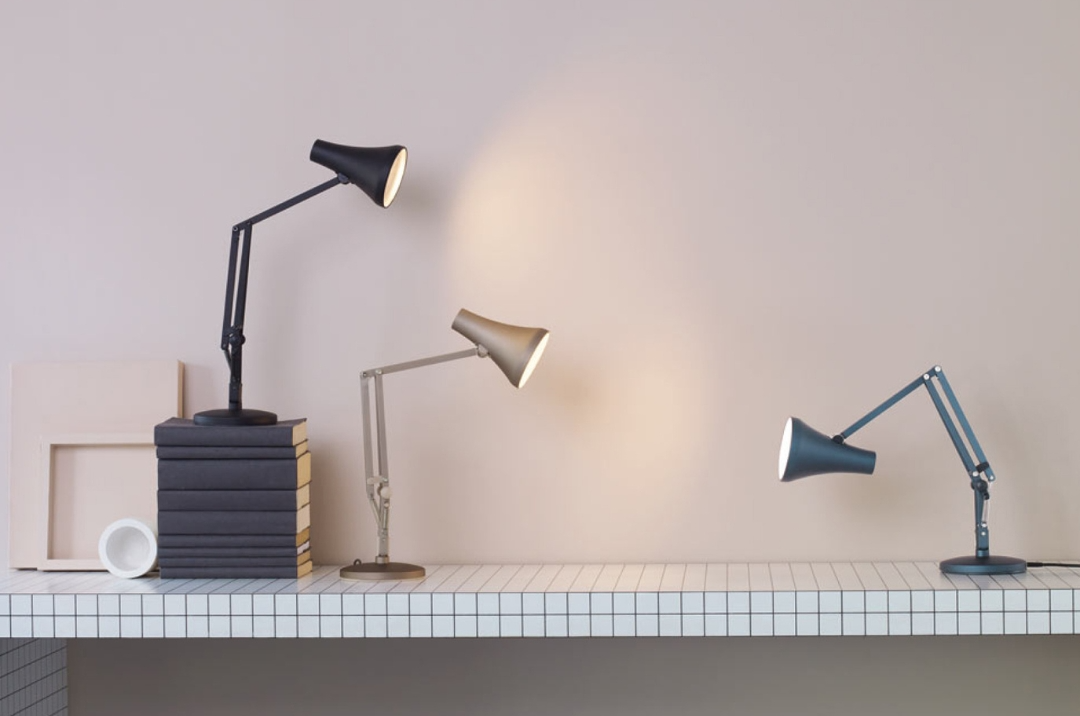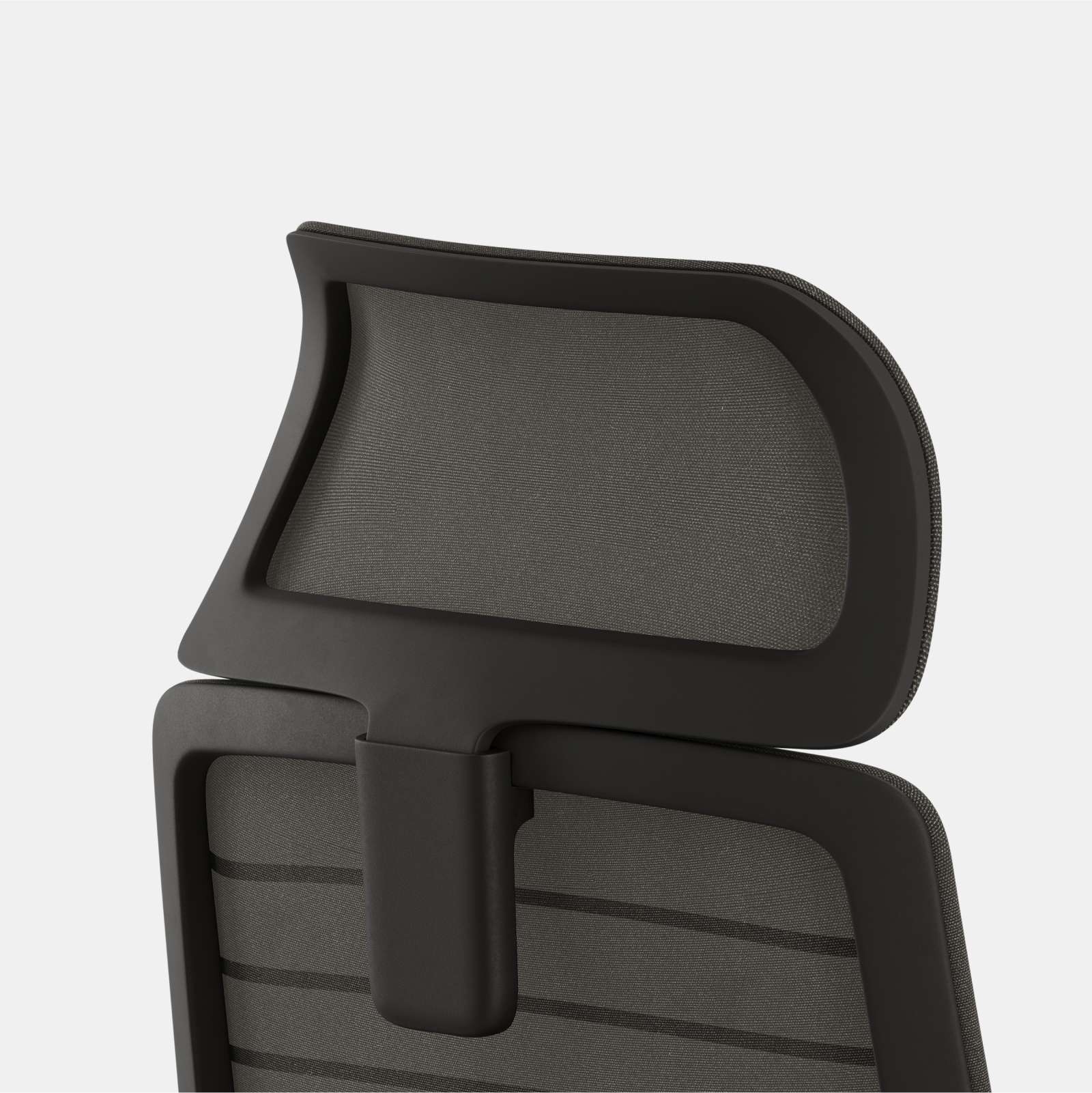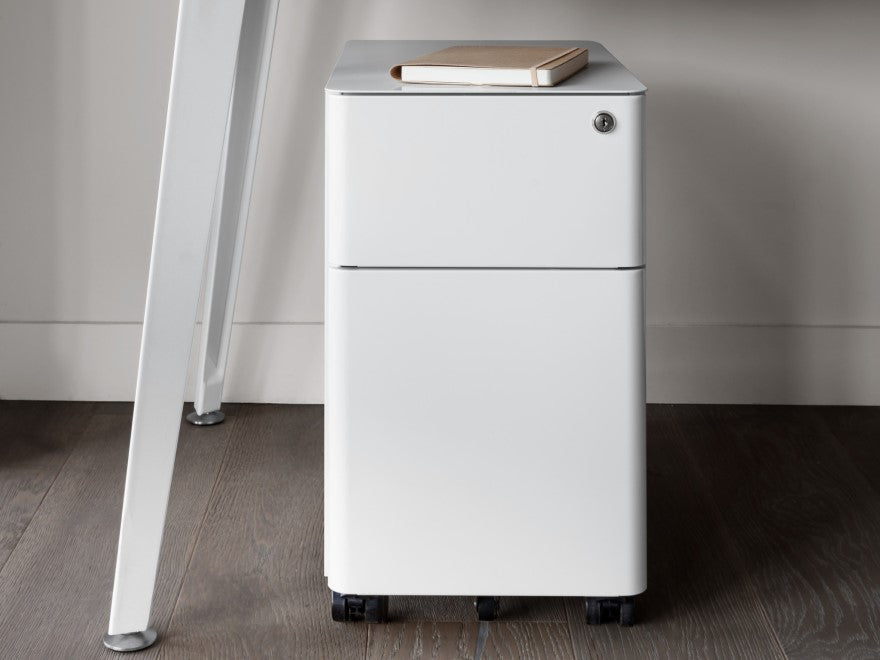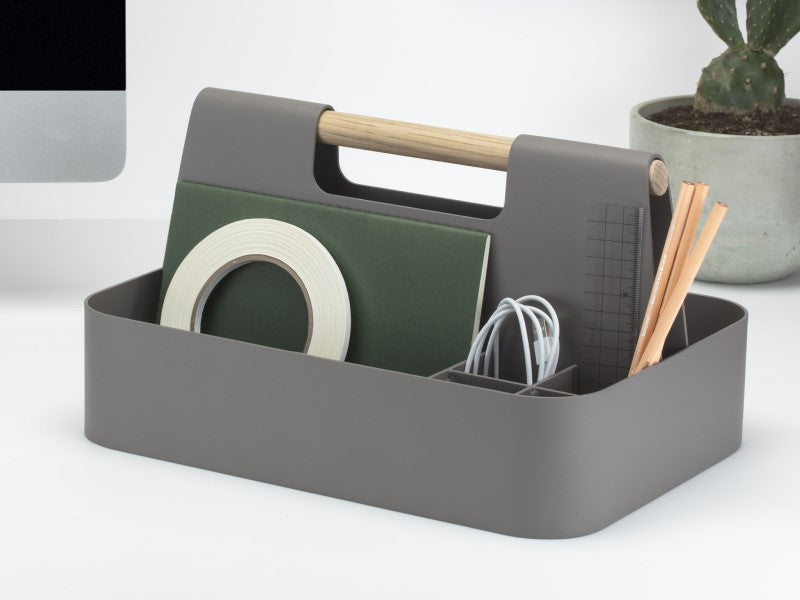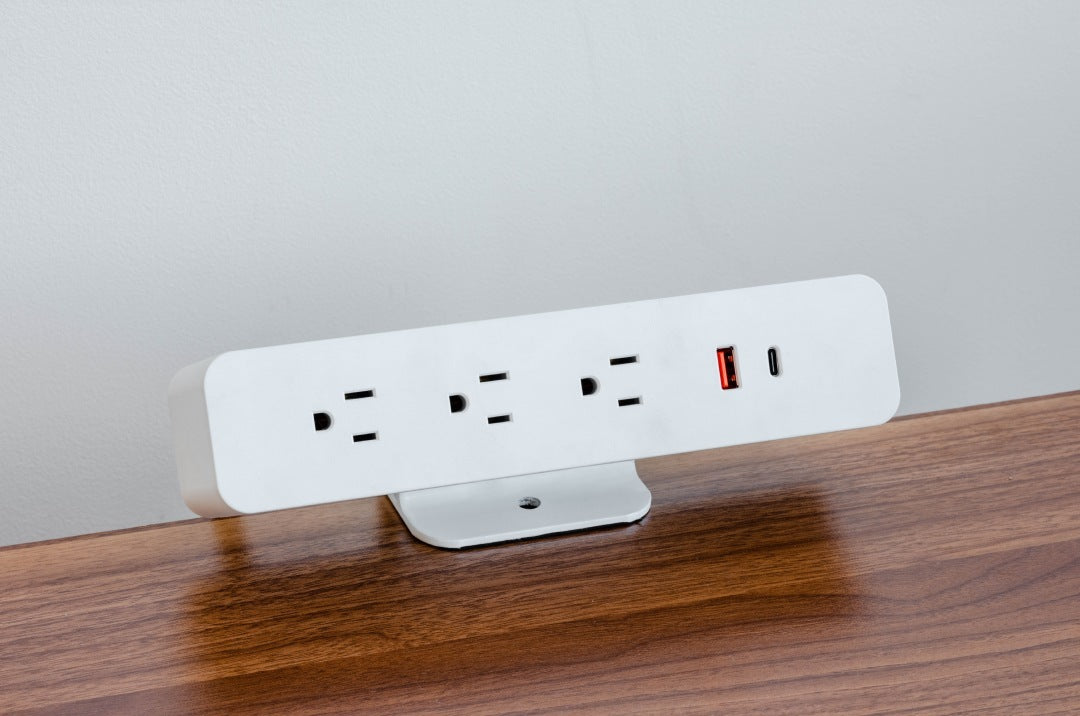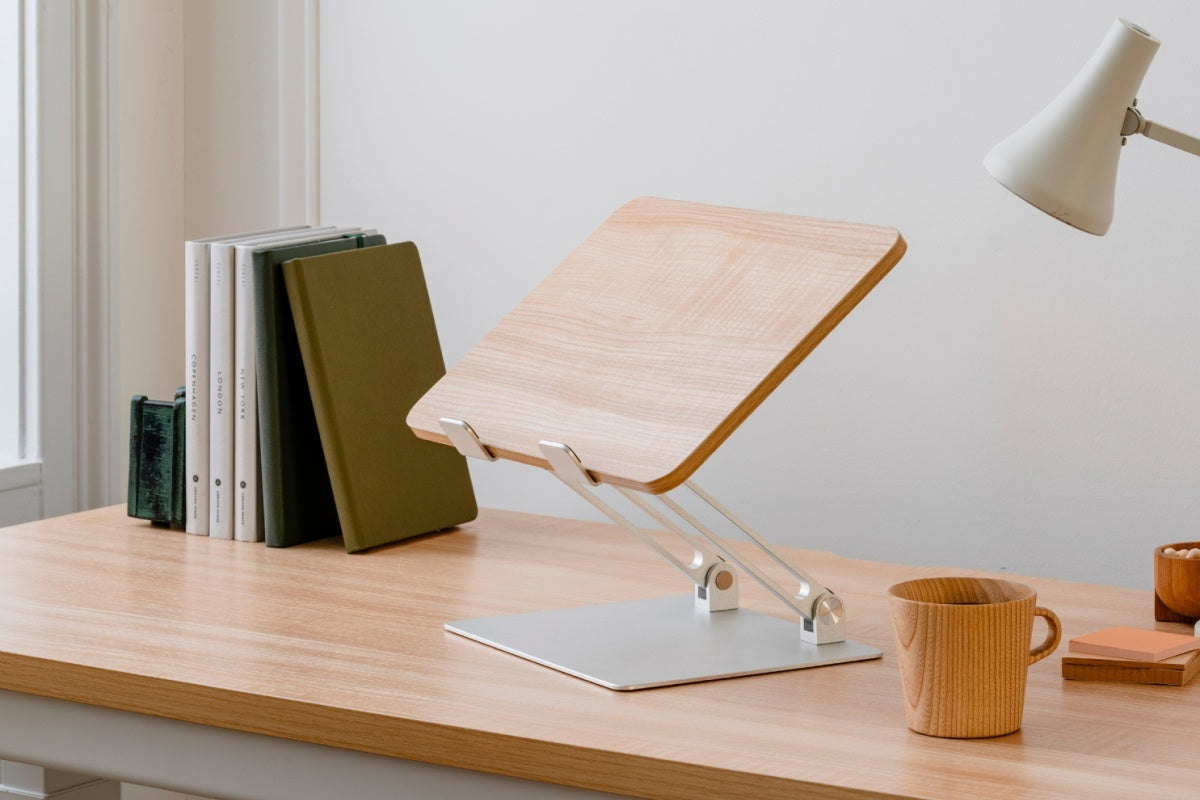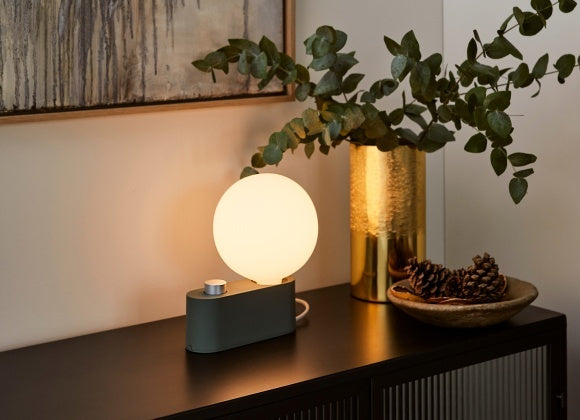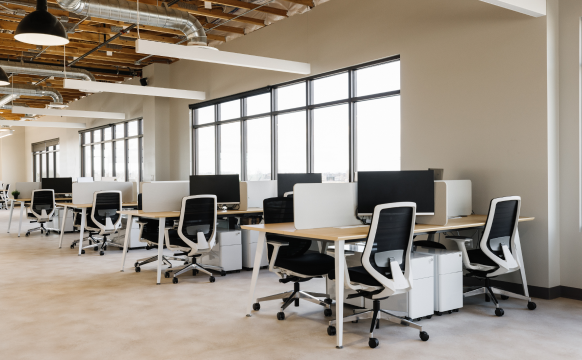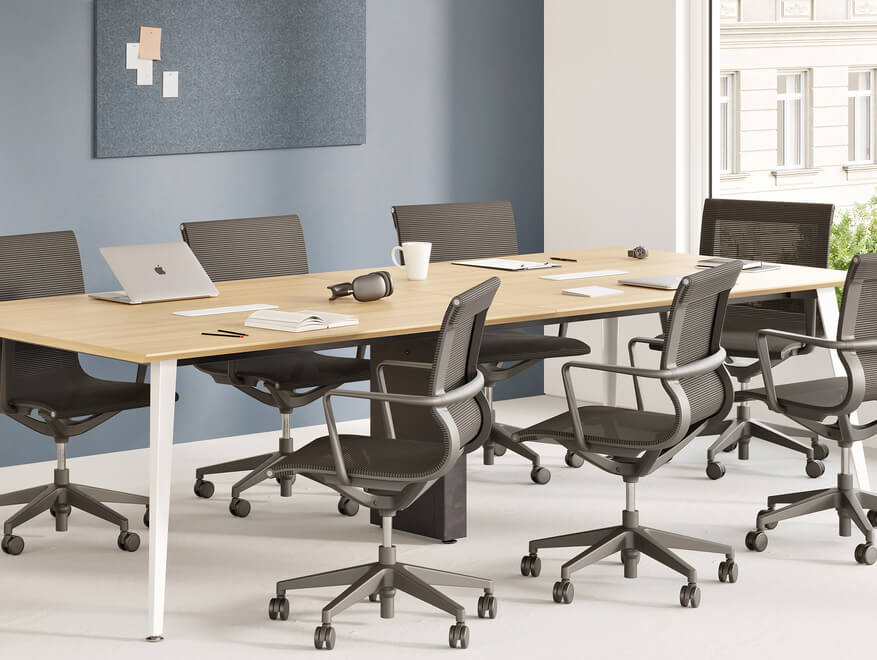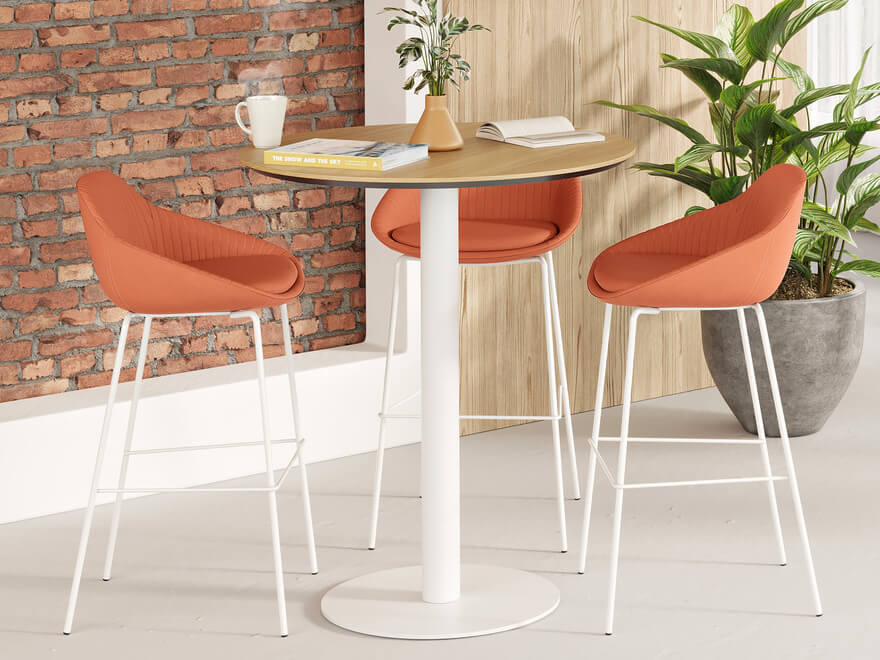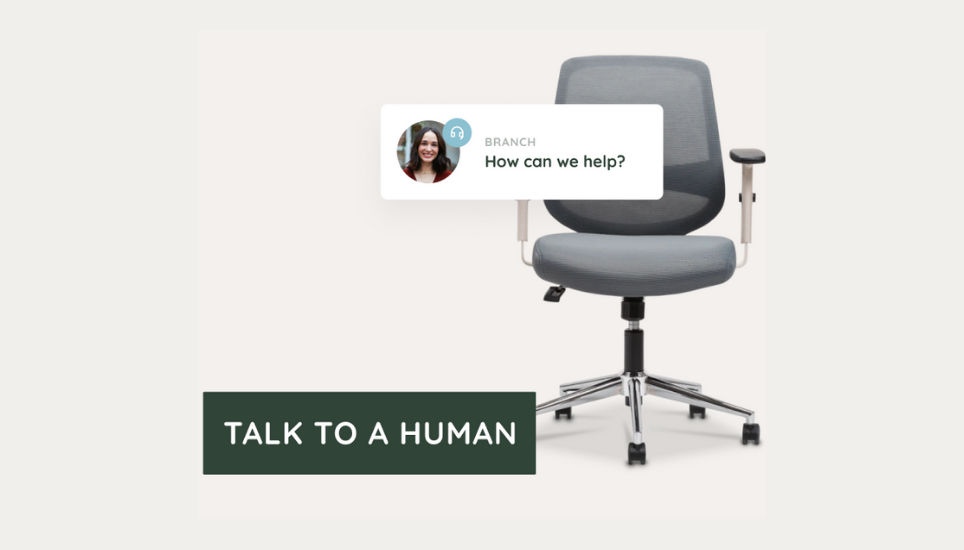Hip pain is a common concern experienced by individuals across all ages and lifestyles. While its origins can be diverse, one notable contributor to this discomfort is the extended periods of sitting that often occur in office environments. To effectively tackle hip pain, it's crucial to grasp the underlying factors causing it.
There are various potential causes of hip pain, including:
• Extended periods of sitting with improper posture, such as slouching or crossing legs, can exert strain on the hip joints and surrounding muscles.
• Remaining sedentary for extended hours can lead to decreased blood flow to the hip region, resulting in discomfort and stiffness.
• Chairs that lack proper lumbar support, seat depth adjustments, or cushioning can contribute to hip pain over time.
• Weak or overly tight hip muscles can create imbalances, eventually leading to hip pain.
• Occupations or activities that necessitate repetitive hip movements can place undue stress on the hip joints, causing discomfort.
Hip pain can manifest in various ways, including dull, persistent pain in the hip joint or groin, sharp pain during specific movements, stiffness, reduced range of motion, and discomfort that intensifies with prolonged sitting or physical activity, interfering with daily activities.
To combat hip discomfort effectively, it's not only about immediate relief but also about ensuring long-term hip health. An ergonomic office chair, precisely designed to support the hip region, can be a pivotal element in preventing and soothing discomfort, facilitating extended periods of comfortable sitting and working.

